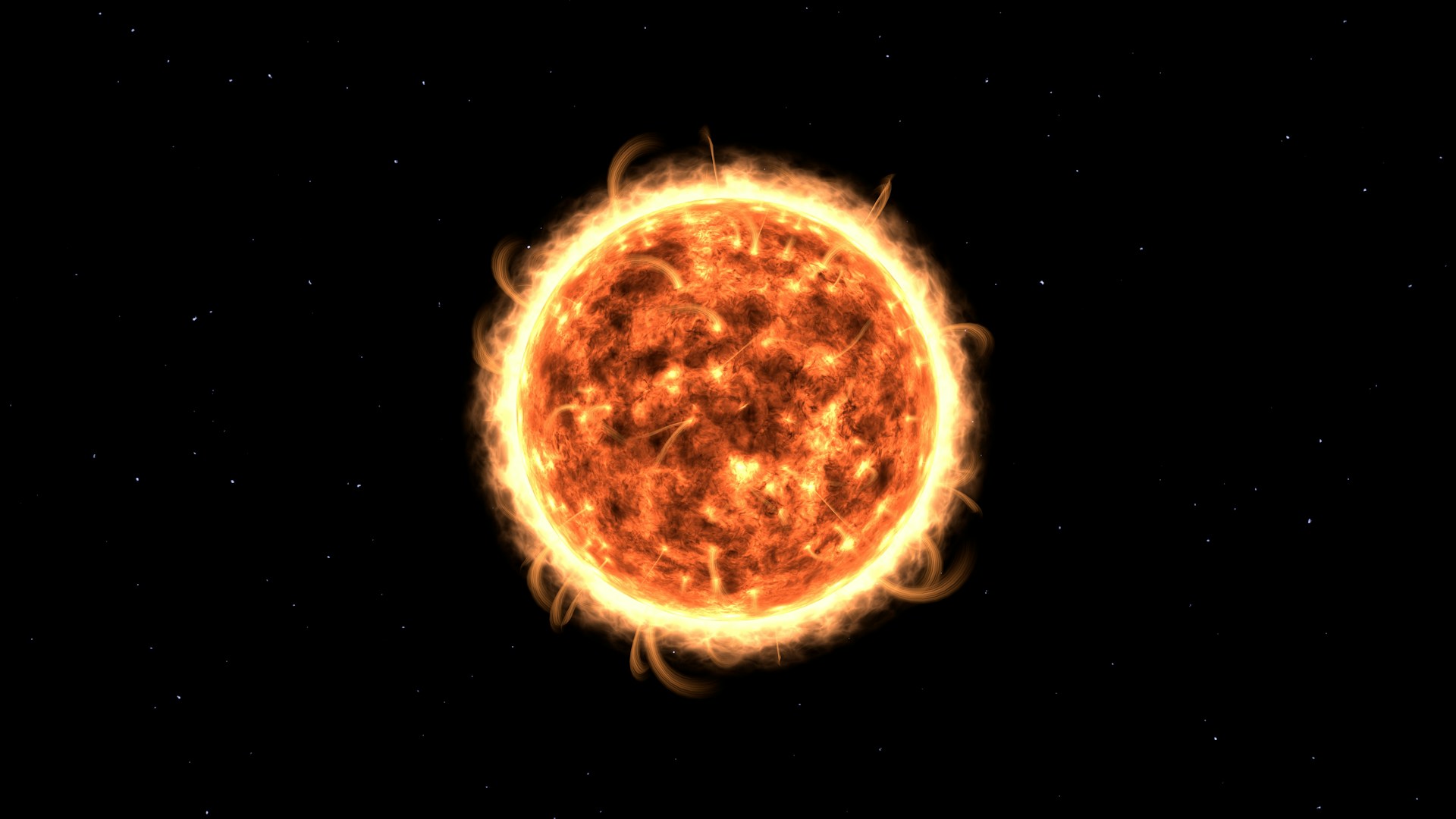
National Aeronautics and Space Administration (NASA) and International Business Machines Corporation (IBM) researchers have built an artificial intelligence (AI) model that acts as a digital copy of the Sun, giving Earth up to two hours’ warning before dangerous solar flares strike our planet.
Surya, named after the Sanskrit word for “Sun,” learned to predict solar weather by studying nine years of high-resolution images from NASA’s Solar Dynamics Observatory. The spacecraft has captured pictures of the Sun every 12 seconds since 2010.
Solar flares can knock out power grids, disable satellites, and disrupt GPS systems. The 1989 Quebec blackout lasted nine hours after a solar storm hit Earth. A similar event today could cause $2.4 trillion in damage, according to a Lloyd’s study.
“Think of this as a weather forecast for space,” said Juan Bernabe-Moreno, Director of IBM Research Europe. “Just as we work to prepare for hazardous weather events, we need to do the same for solar storms.”
The AI model showed 16 percent better accuracy than existing methods in predicting whether a solar flare will occur within 24 hours. More importantly, it can create visual maps showing exactly where on the Sun a flare will appear up to two hours before it happens.
Current solar weather forecasting gives about one hour of warning. The extra time could help satellite operators put equipment in safe mode or allow power companies to protect electrical grids.
“By developing a foundation model trained on NASA’s heliophysics data, we’re making it easier to analyze the complexities of the Sun’s behavior with unprecedented speed and precision,” said Kevin Murphy, NASA Chief Science Data Officer.
The model required special engineering because solar images are 10 times larger than typical AI training data. IBM developed custom computer systems to handle the massive files while maintaining enough detail to spot patterns that predict solar eruptions.
Solar storms pose growing risks as society depends more on space-based technology. Powerful flares can heat Earth’s upper atmosphere, creating drag that pulls satellites from orbit. They also expose astronauts and airline passengers to dangerous radiation levels.
“We want to give Earth the longest lead time possible,” said Andrés Muñoz-Jaramillo, solar physicist at Southwest Research Institute and lead researcher on Surya. “Our hope is that the model has learned all the critical processes behind our star’s evolution through time so that we can extract actionable insights.”
The researchers released Surya as open-source software on GitHub and Hugging Face, allowing scientists worldwide to build specialized applications. The model joins IBM and NASA’s previous AI tools for Earth science, including systems that predict floods and wildfires.
The timing carries extra significance as proposed budget cuts threaten NASA’s science programs. The Solar Dynamics Observatory, which provided all of Surya’s training data, could see its funding slashed from $14 million to $8 million annually under current proposals.
Scientists hope the AI breakthrough demonstrates the value of long-term space missions just as policymakers debate their future.




















